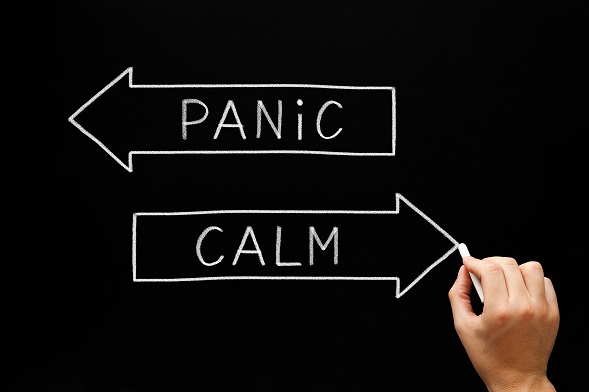The Role of Travel Nurses in Disaster Relief Efforts

By Jane Anderson, contributor
Throughout history, disaster nursing has brought aid and comfort to those in need. Nurses help communities needing disaster relief to recover from overwhelming odds with their extensive medical skills and “I care” attitude. They provide immediate care and minimize the long-term effects of the disaster.
What is a disaster?
The World Health Organization defines a disaster as “a serious disruption of the functioning of a community or a society causing widespread human, material economic or environmental losses” This calamity can be natural, manmade, or a combination of both. Although disasters by nature are unplanned, good preparation can increase response times and reduce casualties.
Be ready when disaster strikes. If you are interested in disaster relief work, you need to be mentally and physically ready. Familiarize yourself with common disasters and the type of injuries that occur with them. Campaign for Action suggests that nurses take advantage of employer-sponsored classes in triage and emergency care, and continuing education seminars often have training available as well.
Make sure you are up-to-date on immunizations and have health issues under control before you work in disaster nursing. For questions about multi-state licensing, see TravelNursing for an explanation on the enhanced Nurse Licensure Compact.
5 critical roles disaster relief nurses fill
During an emergency situation, the focus is on rescue and life support. Qualified nurses work directly with rescue workers, doctors and national guardsmen to reduce fatalities. Positions disaster nurses can fill are listed below.
1. Triage nurses determine the order of care and perform quick on-the-spot assessments.
2. First responders provide immediate intervention to maintain critical systems (i.e. airway, circulation, and breathing).
3. Nurses are needed to provide extra care to women and infants. The Journal of Obstetric Gynecologic and Neonatal Nursing emphasizes the dangers this population segment faces during disasters.
4. General hands-on nursing care includes dispensing medications, administering treatments and dressing wounds.
5. Nurses are often chosen to manage the volunteers working disaster relief jobs thanks to their hospital experience and organizational skills.
Disaster nursing continues in the aftermath
Nurses trained in psychological support and mental health are vital in treating PTSD, depression, anger, and grief. Public health nurses and those trained in community services educate disaster relief victims on proper hygiene and chemical and biological contaminants. Nurses are needed to oversee shelters, give immunizations and track infectious diseases.
Disasters affect everyone, and they can strike without warning. If you feel called to be a disaster relief nurse, read 7 Volunteer Nursing Jobs to Feed Your Soul for information on groups and associations you can join now.
